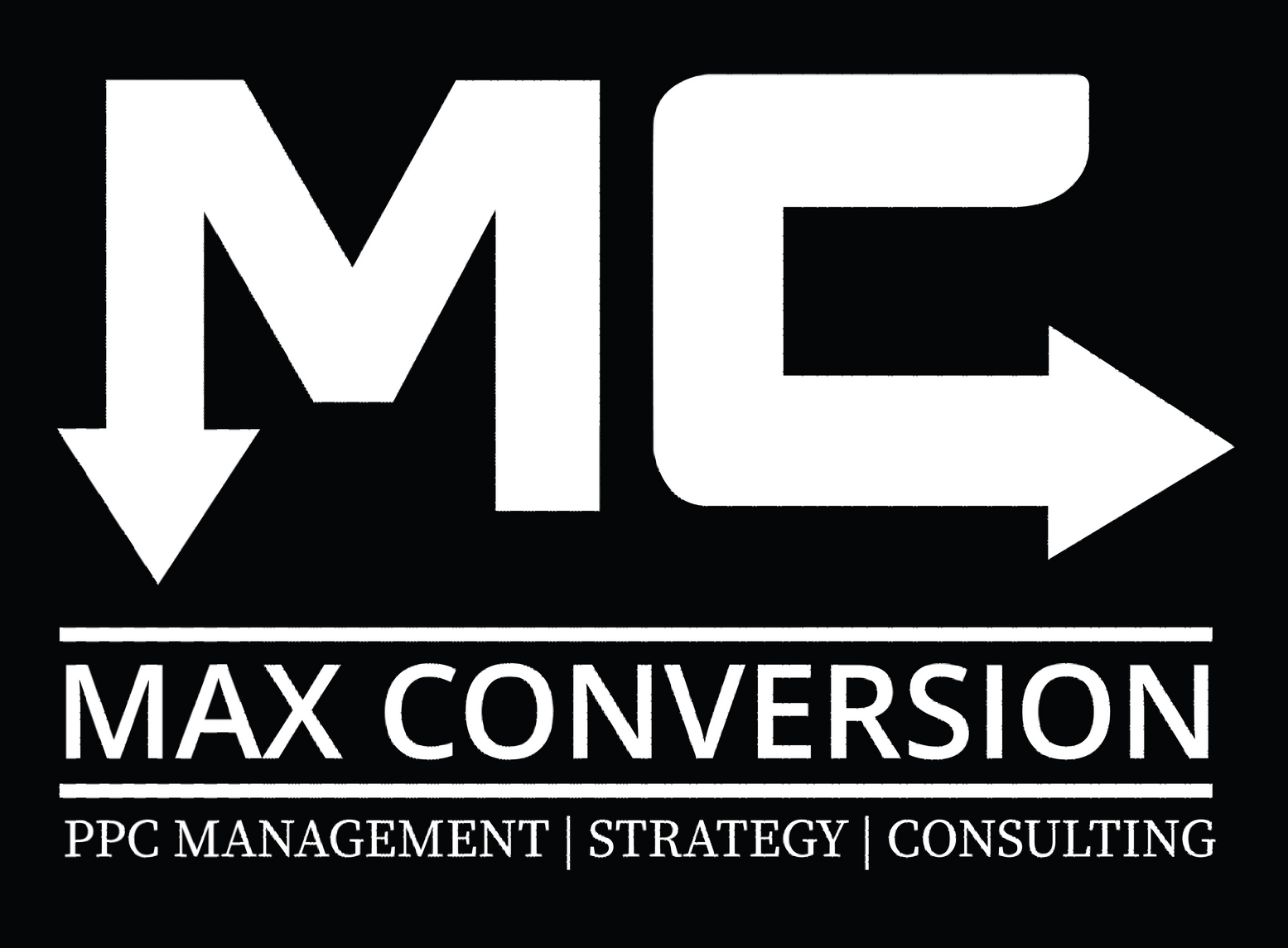If you're a roofing contractor and want to consistently get quality leads from Google Ads, this is your blueprint for success. In this expert-led episode from Max Conversion, we show you how to set up and optimize a successful roofing campaign - from keyword strategy and ad group structure to negative keyword implementation, conversion tracking and device targeting. Whether you are a seasoned advertiser or an entrepreneur creating your very first campaign, you will discover ways to stay away from costly errors and set your budget up for optimum return.
Explore the campaign setup that helped
roofing companies reduce cost per lead, increase ad relevance and scale their digital marketing with confidence.
Table of Contents
- Build the Right Campaign Foundation: Keyword Structure & Segmentation
- Eliminate Wasted Spend with a Smart Negative Keyword List
- Align Landing Pages with User Intent
- Track Results with Conversion Tracking
- Device & Location Optimization
- Power Up Ads with Extensions
- Final Campaign Tips
- Conclusion
Build the Right Campaign Foundation: Keyword Structure & Segmentation
The biggest mistake contractors make when they launch a Google Ads campaign is letting keyword overlap blur performance across ad groups. The host explains:
"You're going to have an easier time managing this campaign if you segment keywords right from the start."
Start with very tight keyword groupings such as:
- Roofing Repairs.
- Roofing Installation.
- Roof Replacement.
- Roof Maintenance.
- Emergency Roofing.
This structure prevents overlap, improves ad relevance, and gives Google a better signal to optimize your bidding strategy.
Pro Tip: If you find yourself overwhelmed with keyword segmentation, Max Conversion will set up your Google Ads account (including custom ad groups and landing page alignment) for you.
Eliminate Wasted Spend with a Smart Negative Keyword List
The most valuable part of this walkthrough is the host's strategy for removing irrelevant traffic that drains budget without converting.
Create a negative keyword list that includes:
- Job seekers: "jobs," "careers," "employment," "resume"
- DIY queries: "repair manual," "how to replace a roof"
- Competitor searches: Use 1,800 + personal and company names.
- Low-intent terms: "cheap," "free," "guide," "reviews," "parts," "rental," "waste removal"
Apply these at the campaign level to ensure they filter through all ad groups.
"We have about 1,800 negative keywords to block competitors from your campaign at Max Conversion."
This tactic alone can reduce irrelevant clicks by more than 30%, improve your budget efficiency and lower cost per lead.
Align Landing Pages with User Intent
Driving traffic is only part of the equation - sending that traffic matters just as much.
Match each ad group with a relevant, conversion-optimized landing page:
- Roof Repair goes to your "Roof Repair" page.
- Roof Replacement' directly from your "Replacement Services" page.
- Roofing St. Louis 'geo-targeted page for St. Louis.
This gives you better quality score, better conversion rates and lower cost per acquisition.
Track Results with Conversion Tracking
Never run a campaign without setting up conversion tracking.
Never do this campaign without it. Set up conversion tracking before you spend a dollar. Use Google Tag Manager or native conversion setup to track:
- Form submissions.
- Click-to-call actions.
- On-site appointment bookings.
Once you've got about 15-20 conversions, switch to a Target CPA bidding strategy so Google can optimize for real results - not clicks.
For help, see Max Conversion's Conversion Tracking Setup Guide.
Device & Location Optimization
Want to get rid of that cost per lead quickly? Adjust device targeting.
Pro tip:
- If your budget is tight, make a negative bid adjustment on desktop.
- Focus on mobile users who often convert at a lower cost.
Identify conversions by postal code or city level targeting (not broad radiuses). This lets you double-down on top-performing areas and tune for local demand.
"If you're really on it, you can say 'Hey, St. Charles is converting better, let's put more budget there',"
Power Up Ads with Extensions
Extensions make your ads bigger, more relevant, and more effective at driving clicks. And so here is what to set up:
Callout Extensions
Add up to 12 callouts to highlight your selling points:
- Free Estimates.
- 24 / 7 Emergency Service Licensed and Insured.
- Locally Owned and Operated.
- Fast Turnaround.
- 500 + 5 Star Reviews Financing Available.
Structured Snippets
Present your service types clearly:
Roof Installation and Repair.
- Commercial Roofing.
- Metal, TPO, Shingles, PVC.
- Roof Maintenance.
- Solar Installations.
Call Extensions
Allow mobile users to Call directly from the ad. Just be sure to track calls as conversions.
Promotion Extensions
Having a seasonal offer Running? Add it!
- “$350 Off New Roof Installation"
- Use start / end dates to indicate urgency.
- Connect to a particular landing page.
Location Extensions
Link your Google Business Profile to get local visibility in map results and sponsored positions.
Final Campaign Tips
- Review Search Terms Regularly: Add new negative keywords weekly to improve traffic.
- Start Broad, Then Optimize: Let the campaign collect data for 30 days before making drastic changes.
- Professional Help Saves Time and and Money: Campaigns work better with expert management, especially in competitive industries such as roofing.
“This is a great start. You have a huge negative keyword list, segmented ad groups, and device targeting. From here, you just monitor and optimize. "
Conclusion:
Running Google Ads for a roofing business isn't about launching a campaign - it's about launching the right campaign. With keyword segmentation, a strong negative list, aligned landing pages and conversion tracking in place, you'll be way ahead of most competitors in your local market.
Whether you're looking for roof repairs, full replacements, or solar installs, this strategy-focused setup will get you more leads, less spend, and ad ROI.
To learn how to improve your Google Ads performance
Book a Free Strategy Call with Max Conversion.
